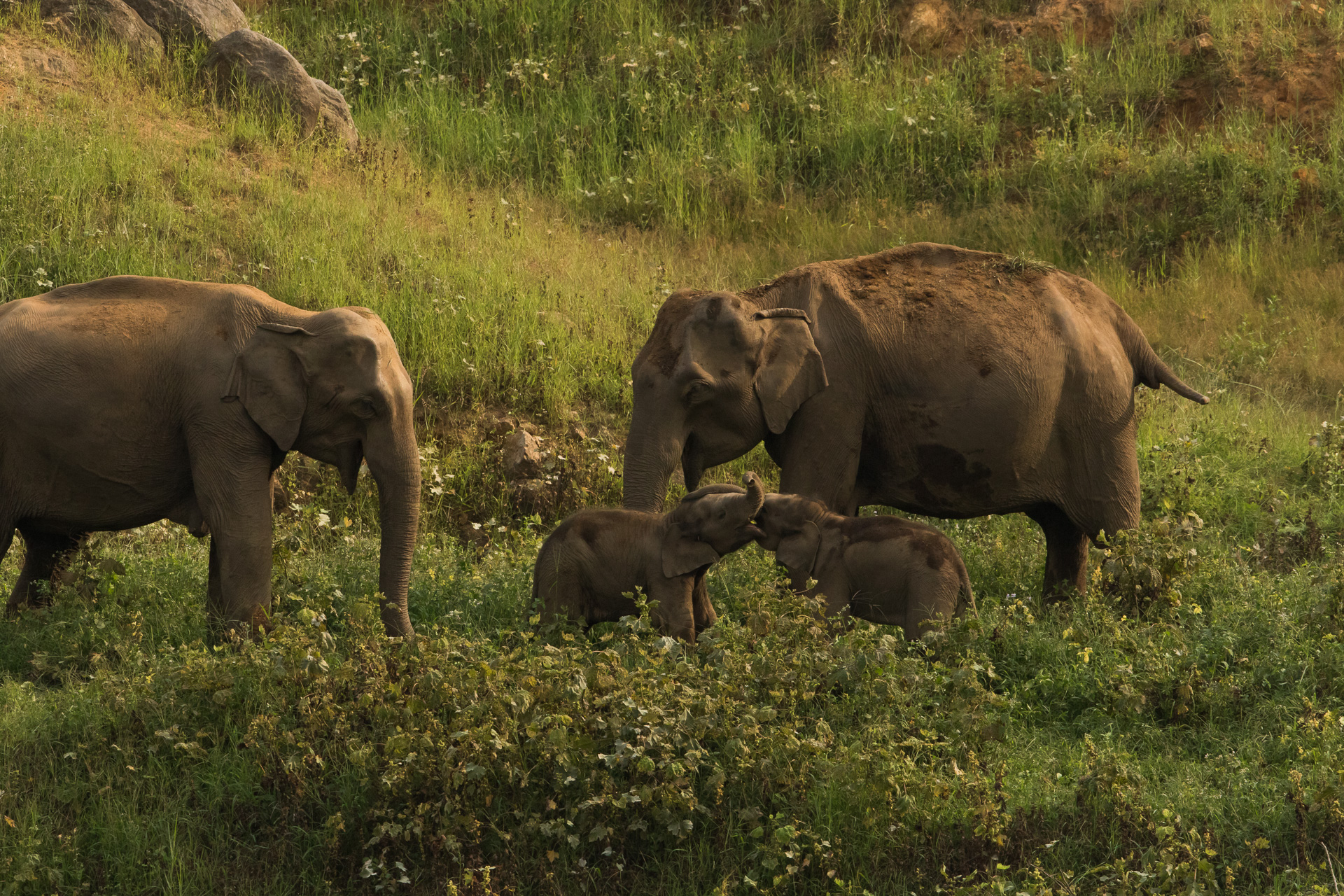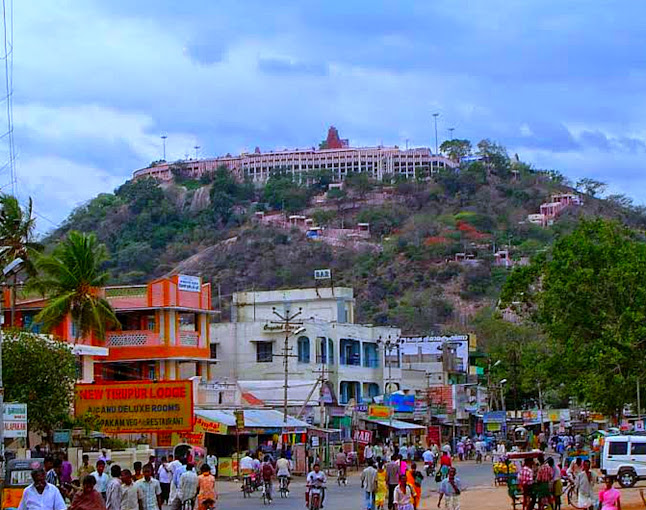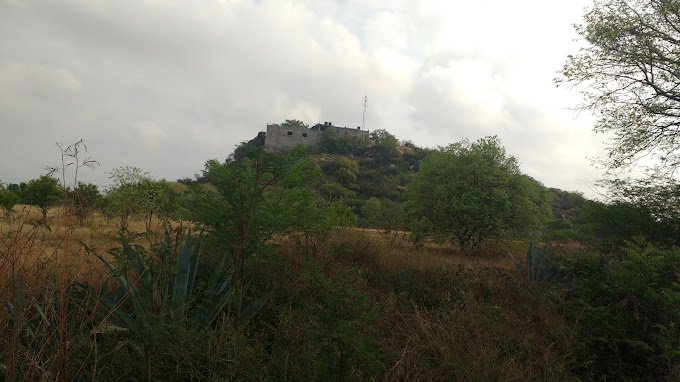By the mid-1800s, the picturesque Valparai plateau in the Anamalais had undergone a transformation. What was once dense natural forests had been cleared for extensive tea and coffee plantations. This deforestation led to significant changes in the landscape, with two-thirds of the plantations being owned by Europeans, and the rest by Indians from coastal towns. The local inhabitants, for the most part, were either unwilling or inefficient workers. Consequently, labor was imported from the plains of Tamil Nadu to clear the forests and cultivate coffee.
Despite the plantation boom, certain areas of the forest were set aside for timber production, particularly teak. Teak from this region was supplied to the Bombay Dockyard for shipbuilding and later used for railroad ties. It was in 1855 that this area came under sustainable forest management, thanks to the pioneering efforts of Douglas Hamilton and H. F. Cleghorn of the new Tamil Nadu Forest Department. They initiated the practice of responsible forest management, ensuring that the precious Karian shola forest was preserved.
The year 1974 marked a significant milestone when the area was designated as the Anaimalai Wildlife Sanctuary. Three unique habitats within the sanctuary—the Karian Shola, Grass hills, and Manjampatti Valley—were declared a National Park in 1989. Covering an area of 108 square kilometers, this National Park serves as the core of the larger Indira Gandhi Wildlife Sanctuary, spanning an impressive 958 square kilometers.
The Indira Gandhi Wildlife Sanctuary was officially declared a Project Tiger tiger reserve in 2008, underscoring its importance in tiger conservation efforts. Furthermore, it is currently under consideration by UNESCO as part of The Western Ghats World Heritage Site.
This tiger reserve, along with contiguous protected forest and grassland habitats, plays a crucial role in the Parambikulum-Indira Gandhi tiger habitat landscape complex. With an estimated metapopulation of 42 tigers and an occupancy area of about 3,253 square kilometers, it stands as a testament to conservation efforts and the coexistence of wildlife and humans in this unique natural landscape.





